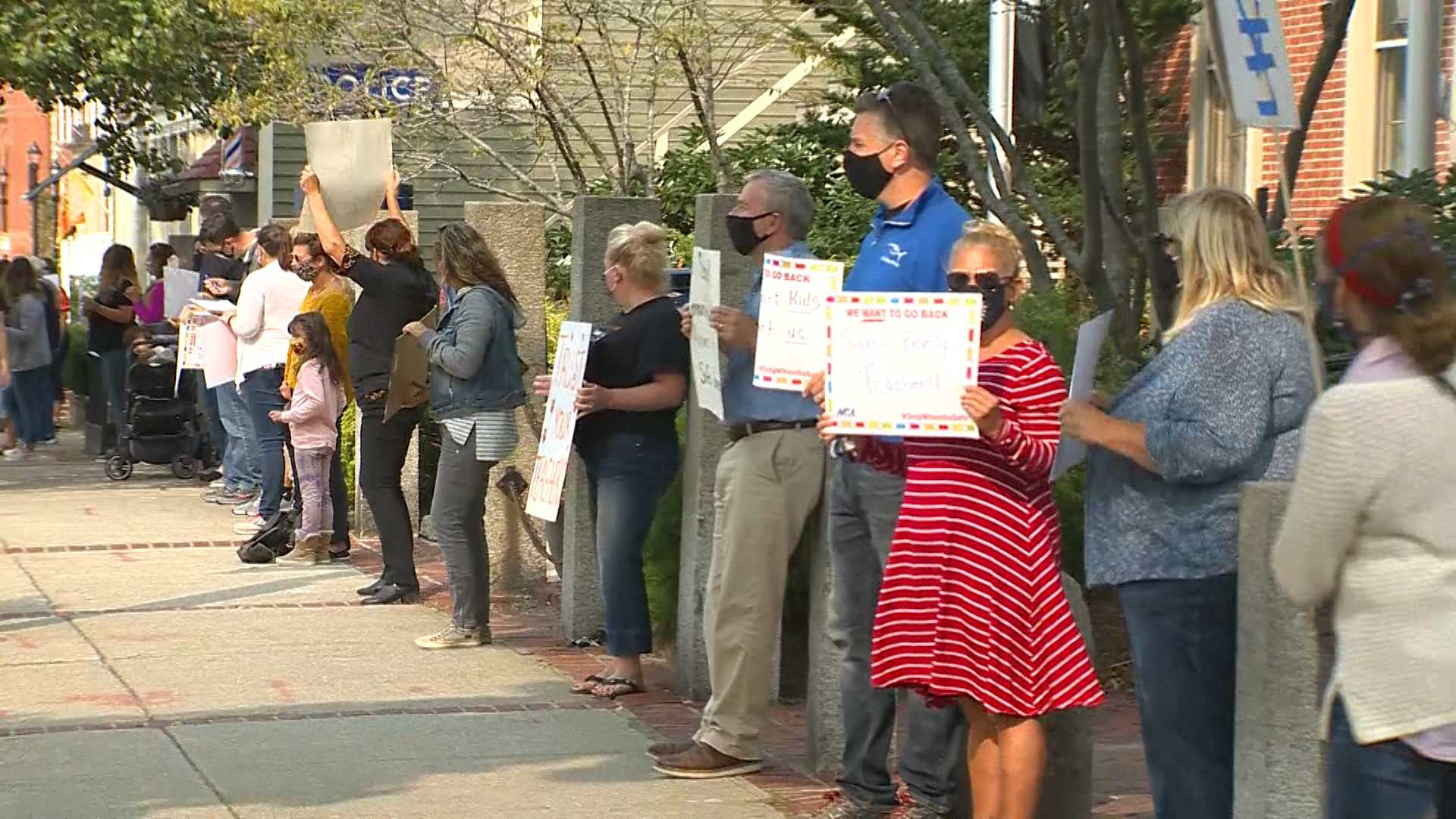Stumpy's Story
Stumpy, a Japanese cherry blossom tree with a distinctive scraggly appearance, has become a beloved figure in Washington D.C. Its fame skyrocketed during the pandemic when a Reddit user posted a photo likening its unusual shape to his love life. The post went viral, and Stumpy quickly gained a loyal following.
Each year, thousands of visitors flock to the Tidal Basin to admire Stumpy's sparse branches and delicate pink flowers. The tree has become a symbol of resilience and the enduring spirit of spring. However, Stumpy's time is running out.
Tidal Basin Restoration
Stumpy and over 150 other cherry trees are scheduled to be removed as part of a $113 million restoration project aimed at repairing crumbling sea walls around the Tidal Basin. The walls, which were built in the late 1800s and early 1900s, have settled 5 feet, allowing Potomac River water to flood the surrounding ground during high tide.
The flooding has damaged the cherry trees' roots and threatens the safety of visitors. The National Park Service, which manages the Tidal Basin, has determined that removing the trees is necessary to protect the overall health of the cherry blossom population.
Climate Change's Impact
Climate change is a major factor contributing to the deterioration of the sea walls and the subsequent need for tree removal. Rising sea levels have increased the frequency and severity of flooding events, while warmer temperatures have weakened the trees' ability to withstand these floods.
A Second Life for Stumpy
While Stumpy's physical presence in the Tidal Basin will soon be gone, its legacy will live on. The National Arboretum plans to preserve genetic material from the tree and create clones that can be replanted in the future. Additionally, the wood from Stumpy and the other removed trees will be turned into mulch, which will be used to protect the roots of the remaining cherry trees.
A Fond Farewell
As the cherry blossom season reaches its peak, visitors are making pilgrimages to the Tidal Basin to say goodbye to Stumpy. Many are leaving flowers, cards, and other tributes at the base of the tree, expressing their gratitude for the joy and inspiration it has brought them over the years.
The removal of Stumpy is a bittersweet moment, but it is also an opportunity to reflect on the importance of preserving our natural heritage and addressing the challenges posed by climate change. Stumpy's legacy will serve as a reminder of the beauty and fragility of our environment and the need to protect it for generations to come.

















